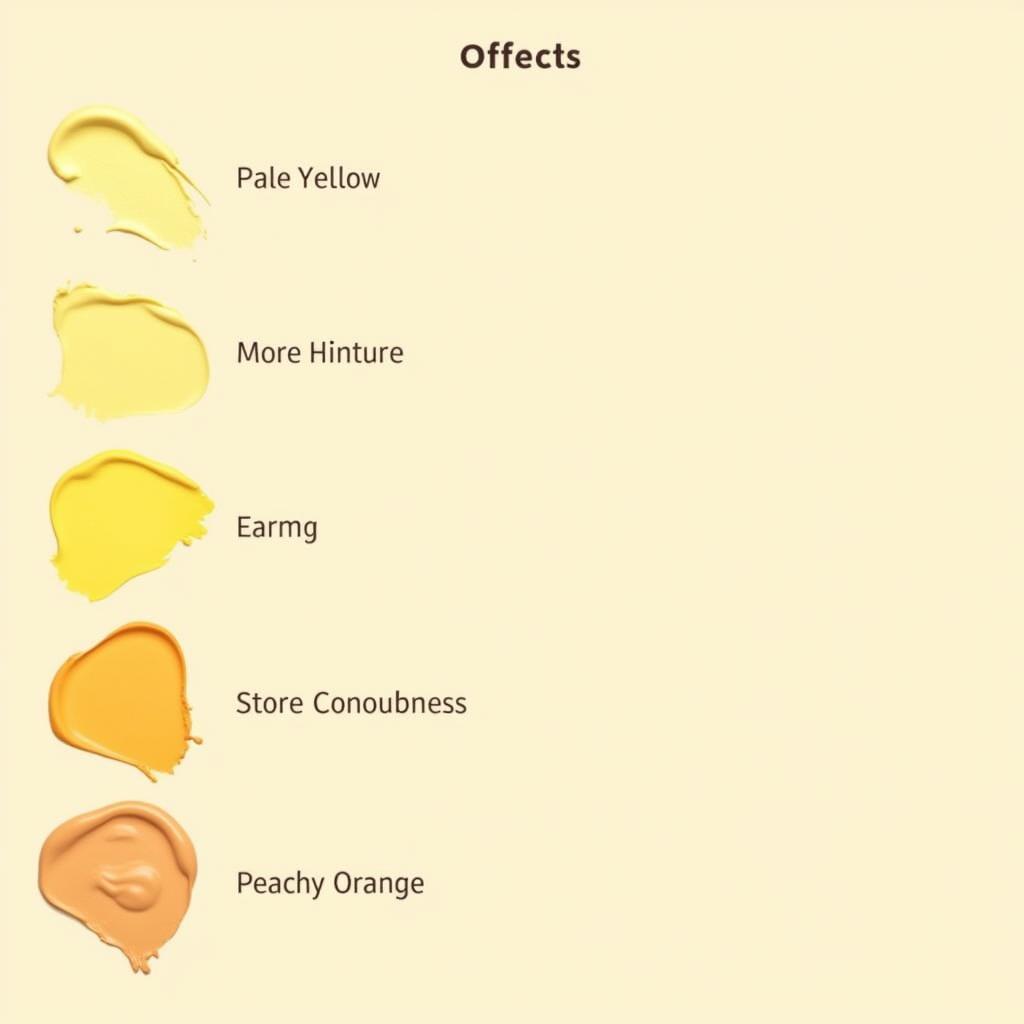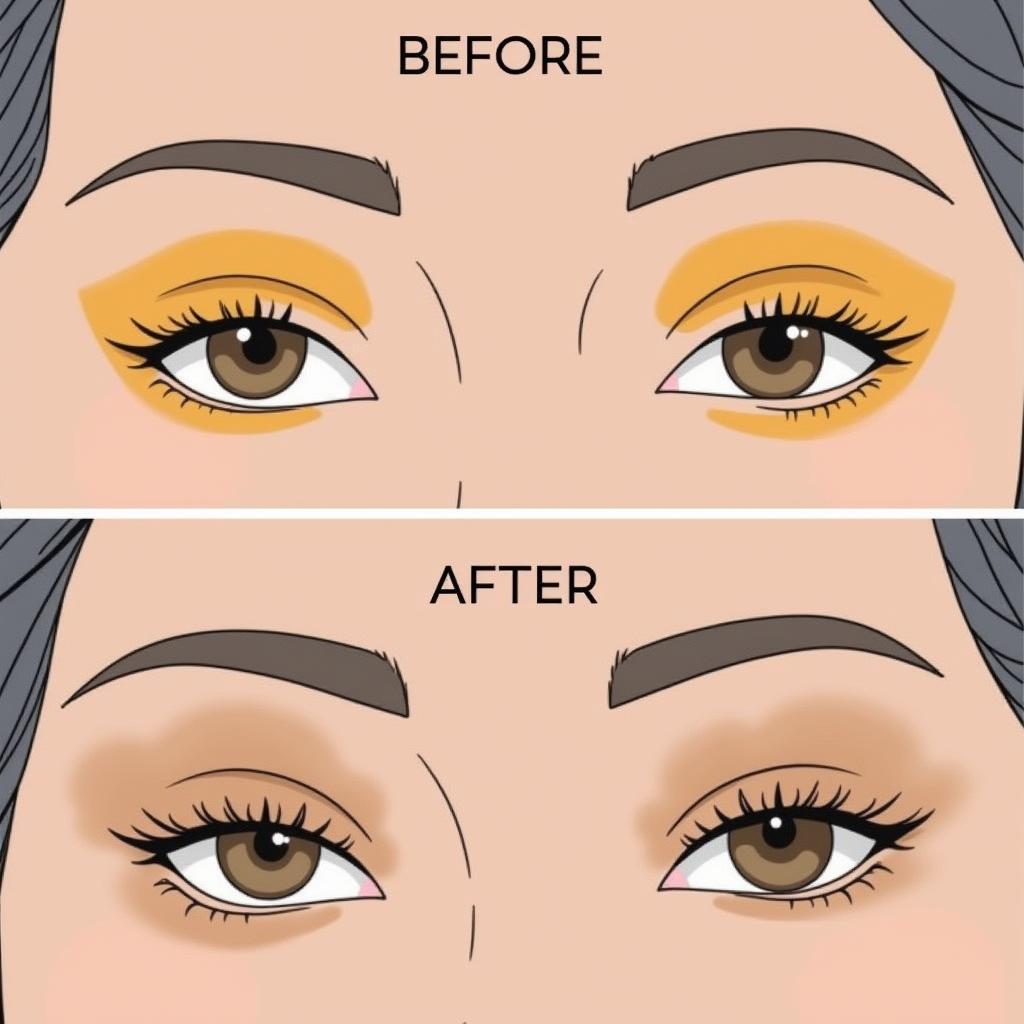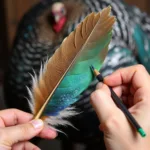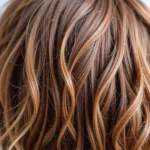Understanding color correction can seem daunting, but mastering the basics can dramatically improve your makeup game and overall appearance. If you’re struggling with purple discoloration, whether it’s under-eye circles, bruising, or other blemishes, knowing what color corrects purple is key. This guide will delve into the science behind color correction, provide practical tips for choosing and applying the right corrector, and address common questions. After reading this guide, you’ll be well-equipped to neutralize purple tones and achieve a flawless complexion.
Color correction relies on the principle of complementary colors. These colors sit opposite each other on the color wheel and neutralize each other when mixed. Since purple sits opposite yellow on the color wheel, yellow is the color that corrects purple. Choosing the right shade of yellow is crucial, as too bright a yellow can look unnatural. Opt for a pale yellow or yellow-based concealer, especially for fair to medium skin tones. Deeper skin tones might benefit from a slightly more pigmented or orange-toned corrector. For more information on concealer selection, check out this helpful guide: how to select concealer color.
Understanding the Color Wheel and Color Correction
The color wheel is the foundation of color theory, and it’s essential for understanding how color correction works. By strategically using complementary colors, you can effectively cancel out unwanted tones. Think of it as subtracting colors rather than covering them up. For example, to neutralize redness, you’d use green; for blue tones, you’d use orange. Knowing what color corrects purple, specifically, allows you to target those pesky under-eye circles or other purple discolorations.
Choosing the Right Yellow Corrector
Not all yellow correctors are created equal. The intensity of the yellow pigment can vary greatly between products, and choosing the right shade for your skin tone is crucial. A sheer, pastel yellow is generally suitable for fair skin, while medium skin tones might require a slightly richer yellow. For deeper skin tones, a peachy or orange-toned yellow may be more effective. Testing different shades on your skin is the best way to find the perfect match. For guidance on how to use specific color correctors, resources like how to use elf color corrector and how to use elf camo color corrector can be invaluable.
 Various shades of yellow color corrector for different skin tones
Various shades of yellow color corrector for different skin tones
How to Apply Yellow Corrector for Purple Discoloration
Applying color corrector correctly is just as important as choosing the right shade. Start by prepping your skin with moisturizer. Then, apply a small amount of yellow corrector directly onto the purple areas. Blend gently using your fingers, a brush, or a damp beauty sponge. Remember, less is more! You want to neutralize the purple, not create a yellow patch. Once the corrector is blended, apply your regular concealer and foundation over the top. If you’re specifically targeting under-eye circles, you can learn more from this dedicated guide: how to color correct purple under eyes.
Why Yellow Works on Purple
Yellow and purple are complementary colors, meaning they neutralize each other when mixed. This neutralization effect is what makes yellow so effective at correcting purple discoloration. The yellow pigment counteracts the purple, creating a more even skin tone. This principle applies to other colors as well. For instance, if you’re dealing with melasma, understanding the right color corrector is key, as explained in how to color correct melasma.
 Applying yellow color corrector to neutralize purple under-eye circles
Applying yellow color corrector to neutralize purple under-eye circles
Common Color Correction Mistakes to Avoid
One common mistake is using too much product. This can result in a cakey look and make the corrected area stand out. Another mistake is not blending thoroughly. Proper blending is essential for a seamless finish. Finally, choosing the wrong shade can be counterproductive. Experimenting and finding the right shade for your skin tone is key.
“Choosing the right shade of yellow is crucial for effective color correction,” says renowned makeup artist, Anya Petrova. “A subtle, well-blended yellow corrector can make a world of difference in achieving a flawless complexion.”
In conclusion, what color corrects purple? The answer is yellow. By understanding the color wheel, choosing the right shade of yellow corrector, and applying it correctly, you can effectively neutralize purple discoloration and enhance your natural beauty.
FAQ
-
Can I use a yellow concealer instead of a corrector? Yes, a yellow-toned concealer can work, but a dedicated corrector is often more pigmented and effective.
-
What if the yellow corrector is too bright? Try using a smaller amount or blending it out more thoroughly.
-
Can I use color corrector on other areas of my face? Absolutely! Color correction can be used to address various discoloration concerns.
-
What kind of brush should I use for blending? A small, dense brush or a damp beauty sponge works best.
-
Is color correction necessary for everyday makeup? Not necessarily, but it can significantly improve the appearance of your skin, especially if you have discoloration concerns.
Other Helpful Resources on Colorbox.com.vn
- Articles on foundation matching
- Tutorials on advanced makeup techniques
- Product reviews for various color correctors
Need help with your color correction journey? Contact us!
Phone: 0373298888
Email: [email protected]
Address: 86 Cầu Giấy, Hà Nội.
We have a 24/7 customer support team ready to assist you.

